How to use extended chords to add flavour to your music
Add colour and interest to your harmonic progressions by working in extra notes. We show you how
We can make our chords more interesting by adding extra notes… but not just any. So far in this series of practical music theory tutorials we’ve dealt with basic three-note triads, but we’re going to spice things up before the second verse hits by using four-note chords.
The first two types of extended chords are seventh chords. A major seventh uses the standard triad pattern for a major chord, then adds a note four semitones on top. So that’s C-E-G-B, for example. A minor seventh is similar, but adds three semitones on top of a minor chord - say, C-Eb-G-Bb. One more variant is the dominant seventh. This is a mixture of the two, in many ways, taking a major chord but only adding three semitones on top. C-E-G-Bb would be an example of that.
If you look through a standard major scale, the notes available to you mean that the major seventh is a natural candidate for the C chord, while the D minor and E minor chords will easily turn into minor sevenths. You can easily build a major seventh on the F, but the G encourages that lovely dominant seventh chord.
Moving things further up, you can build on the seventh chords by adding three or four semitones (whatever’s allowed by the key you’re in) to build a ninth chord. C major 9th would be a five-note C-E-G-B-D, with the ‘ninth’ reaching into the next octave. D minor 9th would be D-F-A-C-E.
And if you decided to miss out the seventh note and just add the ninth to the original chord (as in C-E-G-D), that’d be called an add 9 chord. These chords continue building in just the way you’d expect, with 11ths (or ‘add 11’s) or 13ths, right until you come back to the tonic note - and things start repeating as you get higher and higher.
Of course, these chords can be inverted like any other, but when doing so, watch for clashes between adjacent notes - extensions can get a bit messy with so many notes hanging around.
Now let's get hands-on with a practical demonstration of chord extensions in action. You can pick up more music theory tips and techniques in the Autumn 2018 edition of Computer Music.
Get the MusicRadar Newsletter
Want all the hottest music and gear news, reviews, deals, features and more, direct to your inbox? Sign up here.
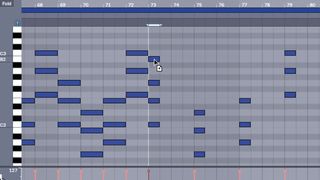
Step 1: Start by duplicating the top note of the C major chord four semitones up to B.
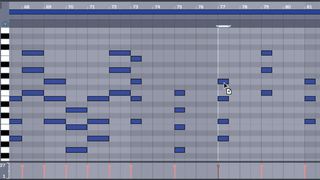
Step 2: This new C-E-G-B chord adds a different feeling to the first chord of the progression. If we did exactly the same with the G major and A minor chords, though, the note wouldn’t be in key. This time, we move the top note up three steps instead of four.
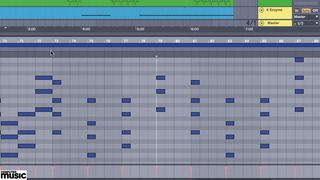
Step 3: We can extend the F major chord by adding an extra note four semitones up. This is a great chord to ‘lead on from’. For this reason, we decide to use this chord as the last in a group of eight, rather than in a group of four. We duplicate the first four, then remove the extension from the F the first time around.
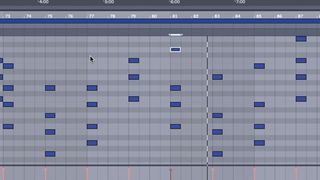
Step 4: Chord extensions don’t have to stop there. For the second G major and A minor chords, we move the top note up even further, hitting A for G major and B for A minor. Finally, we also extend the second C major chord in the group of eight with a higher-up D note.
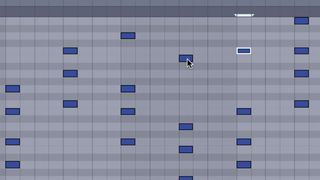
Step 5: The chords have become a bit too ‘jazzy’ for the track we're working on. We take the G and A chords’ highest notes elsewhere, making G major (G-B-D-B) and A minor (A-C-E-C). These chords aren’t technically extensions, as the higher notes already belong to the original chord, but it still gives extra complexity.
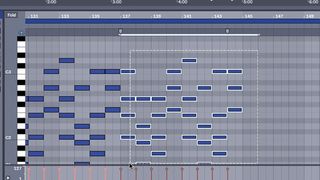
Step 6: Finally, we start duplicating these alternate, more complex chords out to the rest of the sections in our track. They’ll feature from the first breakdown, into the second verse, and beyond into the track’s outro as well.
Computer Music magazine is the world’s best selling publication dedicated solely to making great music with your Mac or PC computer. Each issue it brings its lucky readers the best in cutting-edge tutorials, need-to-know, expert software reviews and even all the tools you actually need to make great music today, courtesy of our legendary CM Plugin Suite.

"If I wasn't recording albums every month, multiple albums, and I wasn't playing on everyone's songs, I wouldn't need any of this”: Travis Barker reveals his production tricks and gear in a new studio tour

“My management and agent have always tried to cover my back on the road”: Neil Young just axed premium gig tickets following advice from The Cure’s Robert Smith











